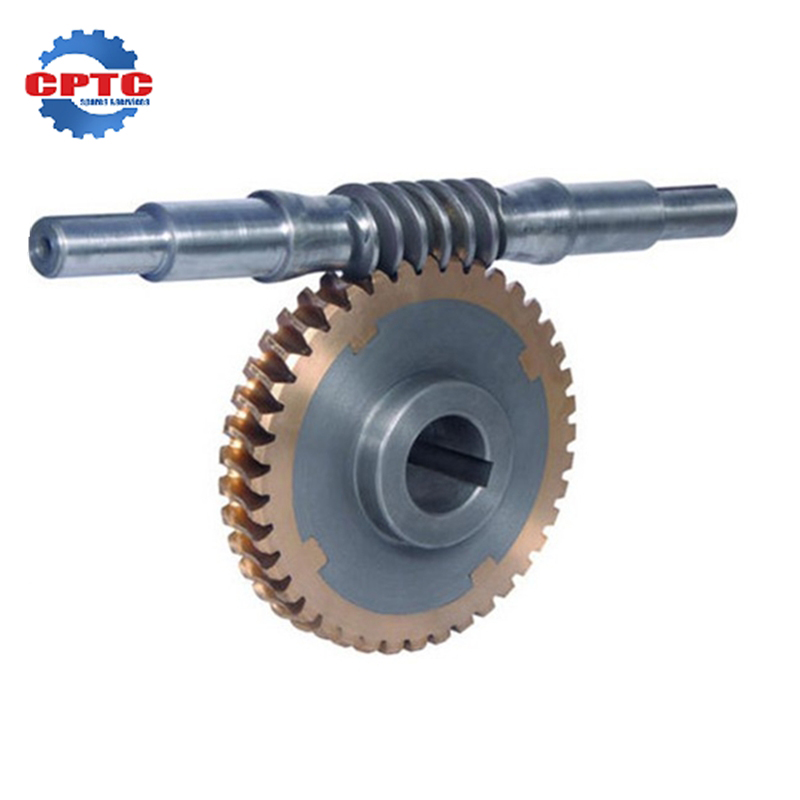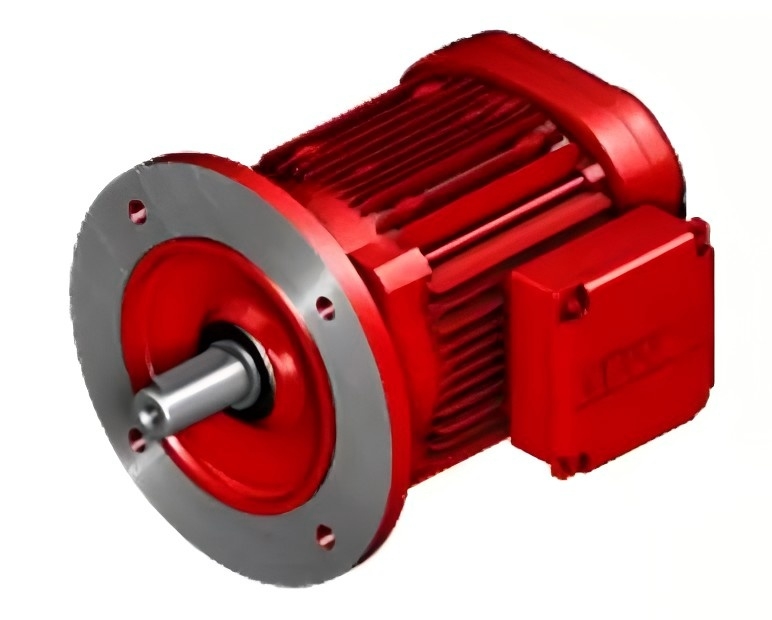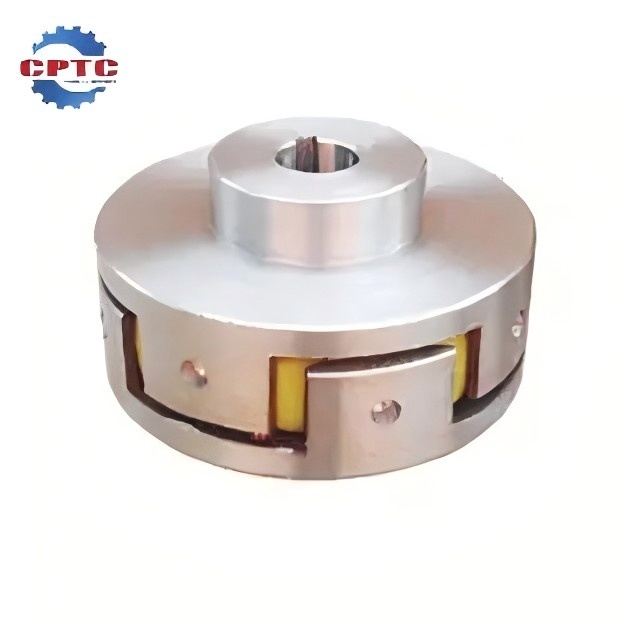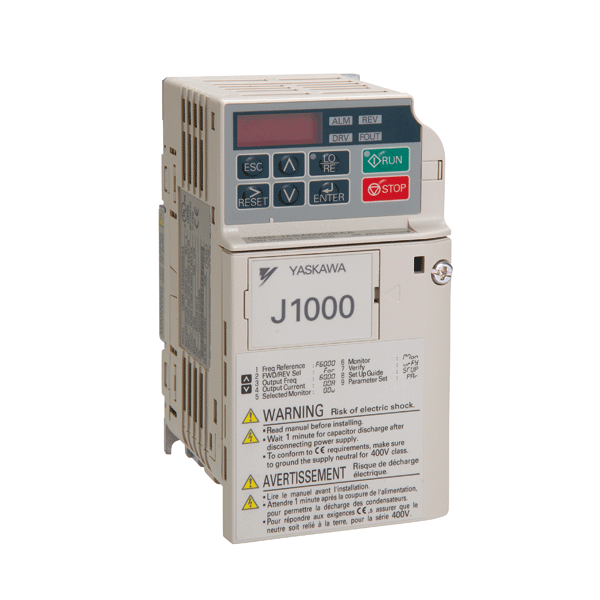Machines depend on tightly coordinated parts to pass power smoothly, and the heart of that system is the gearbox. Within the vast family of gear arrangements, the worm gear-set-an assembly of helically threaded worm and teaming worm wheel-stands apart for its one-way grip. By drawing the helical edge through the wheel teeth, the mechanism converts high-speed rotation into slow, powerful motion while locking against back-driving. Because of this trait, designers place worm sets in everything from assembly robots and cranes to cars and lathes whenever compact size, shock absorption, and self-locking safety are paramount. This study therefore reviews the essential roles played by worm gears and shafts in modern transmission boxes and reduction units, noting their technical and applied benefits throughout industry.
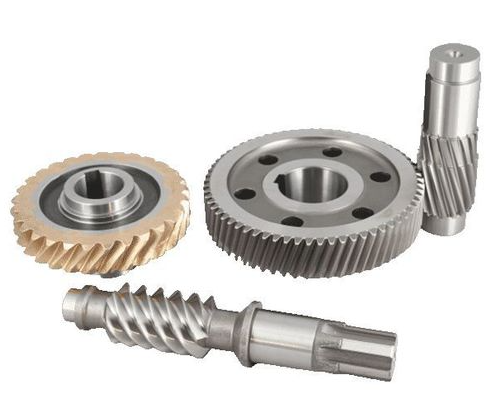
1. Working Principle of Worm Gears and Worm Shafts
The working principle of worm gear and worm transmission is simple and effective. The helical thread of the worm meshes with the worm gear teeth perpendicular to the worm shaft. When the worm rotates, due to the helical characteristics of the thread, the rotational speed of the worm wheel will decrease. That gradual turn raises the output torque sharply, so engineers count on worm drives whenever they need muscle at low speed.
2. Applications of Worm Gears and Worm Shafts in Transmission Gearboxes
Because of their compact design and speed-cutting effect, worm gears show up in many transmission gearboxes. They reliably pass power, dial down rpm, and boost torque all at once.
2.1 Applications in Different Transmission Gearboxes
- Automotive transmissions: Worm sets appear in reverse-gear units, transfer-case diffs, and some power-steering circuits. Their built-in braking keeps a parked car steady even on steep streets.
- Industrial machinery: Automotive transmissions: Worm sets appear in reverse-gear units, transfer-case diffs, and some power-steering circuits. Their built-in braking keeps a parked car steady even on steep streets.
- Agricultural equipment: In agriculture, the worm gear finds a home in tractors, combines, and smaller implements to manage ground speed and drive the power take-off.
2.2 Implementing Gear Shifting with Worm Gears
- Sliding gear: A sliding gear segment is added to the worm-drive assembly so the operator can slide in alternate ratios when needed.
- Clutch-based shifting: A simple clutch disconnects the worm gear from the driven shaft letting the system relax before the new ratio is engaged.
- Synchronizers: Optional synchronizers align input and output speeds before engagement which reduces grinding and makes the shift feel smoother.
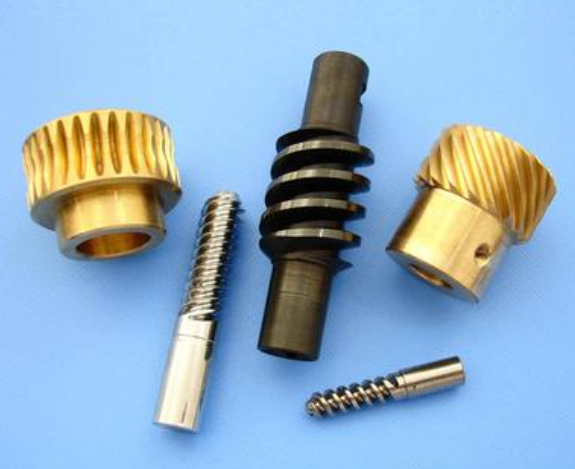
3. Applications of Worm Gears and Worm Shafts in Reducers
Worm-gear drives find their way into many types of gear reducers, thanks to traits that suit demanding tasks. High torque in a small frame, quiet motion, and self-locking security make them a favourite across factories.
3.1 Application Scenarios in Various Reducers
- Heavy-duty machinery: Hoists, cranes, and long conveyor belts rely on worm gear sets to decrease speed and augment torque needed to push and hoist heavy weights.
- Material handling equipment: AGVs, order pickers, and forklifts use pairs of worm shafts for steering and lifting applications, taking advantage of the compact arrangement of the drives.
- Packaging machinery: In bottling and packing lines, worm reducers move products along, constant speeds, and bring them to rest exactly where a robot arm or labeler needs them.
- Machine tools: Lathes, milling machines, and drill presses often call upon worm gears to set feed rates and control spindle rotations, depending on their backlash resistance and constant output.
3.2 Transmission Ratio Range and Load Capacity
Worm gear reducers offer an unusually broad range of transmission ratios so that tremendous reductions in output speed can be achieved. Designers may select or even design some particular ratio to suit the speed and torque needs of each application. The drives are also able to withstand heavy loads because of the large tooth contact between the worm screw and the wheel. Capacity is still dependent on material strength, gear shape, lubrication quality, and other design aspects.
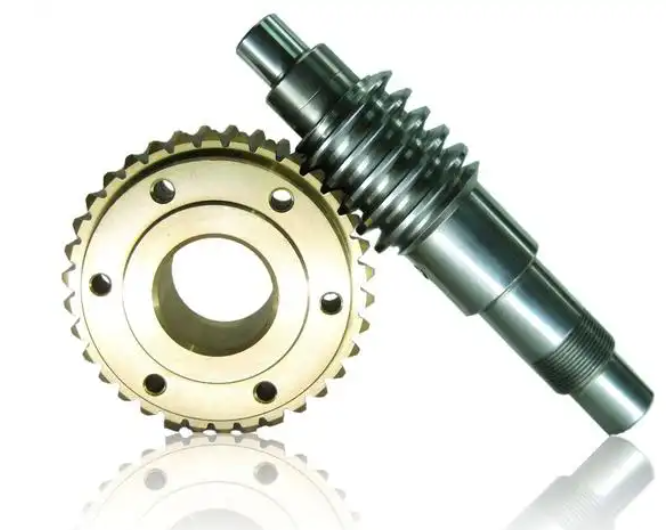
4. The Significance of Worm Gear and Worm Shaft Applications
- Efficiency: Although worm gear sets usually reveal lower efficiency than spur or helical gears because of the sliding contact, better alloys, surface hardening, and precision cutting have raised actual performance. In practice, the rugged torque, space-saving outline, and modest efficiency drop keep designers from looking elsewhere.
- Load Capacity: The broad line of engagement between worm and wheel permits heavy loads without galling or tooth breakage. As a result, worm drives are found in cranes, winches, monorails, and other industrial rigs that must lift or push serious weight.
- Self-Locking: A worm set may resist back-driving unless the worm is turned, an attribute priceless when loads must remain at rest with little upkeep. Thus, this trait appears in elevators, powered gates, and automotive gearboxes, relieving operators of constant braking.
Given these strengths, worms remain key in gearboxes and speed reducers. Their torque density, space-saving form, and built-in brake-like action fit countless industrial tasks. For further details, reach out to CPTC today.
Related Products
Worm Wheel Shaft
Customized services;
With…
Sew Motor & Sew Gearbox
SEW drive experts
Customized and efficient
Innovative and energy-saving
Coupling
Wide range of applications
Gear structure, welded connection method
Easy…
Yaskawa Inverter
Customizable Options;
Precise Speed Control;
Yaskawa inverter & Yaskawa inverter…

